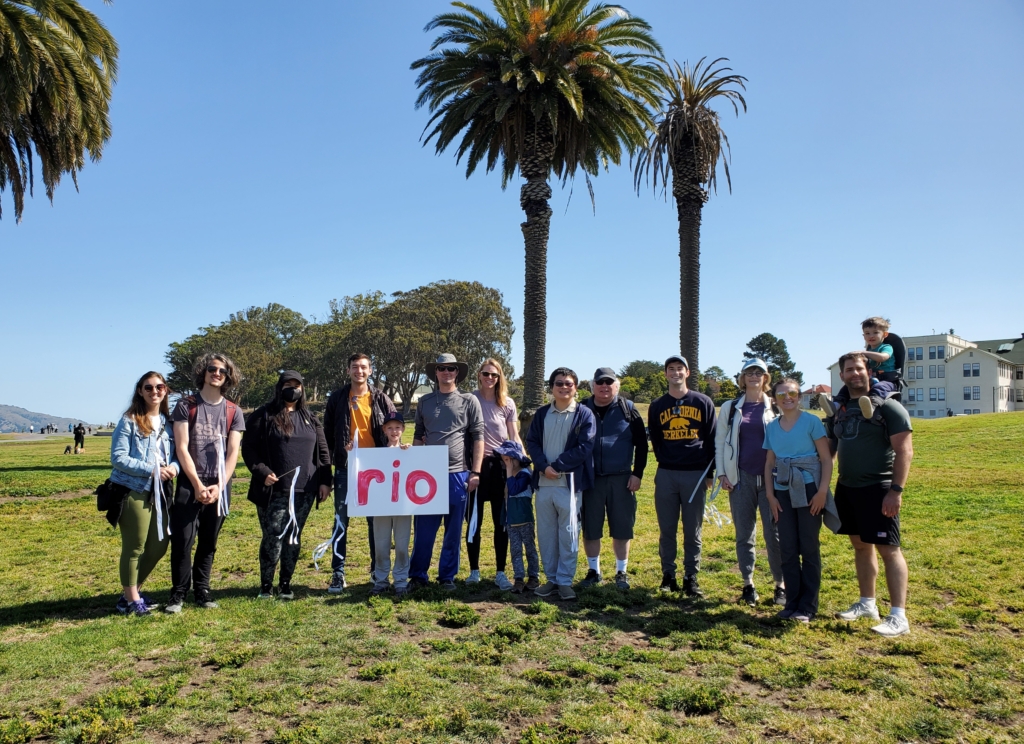Project Highlights
View AllContributions
Here is an overview of how this team’s article findings have contributed to the PD field as of June 2025. There are two different categorizations of these contributions – one by impact to the PD community and a second by scientific category.
Impact
Category
Accolades
Members of the team have been recognized for their contributions.

Network Spotlights
Hanqin Li, Oriol Busquets Figueras, Devin Snyder
In the News
Updates will be posted when available.




